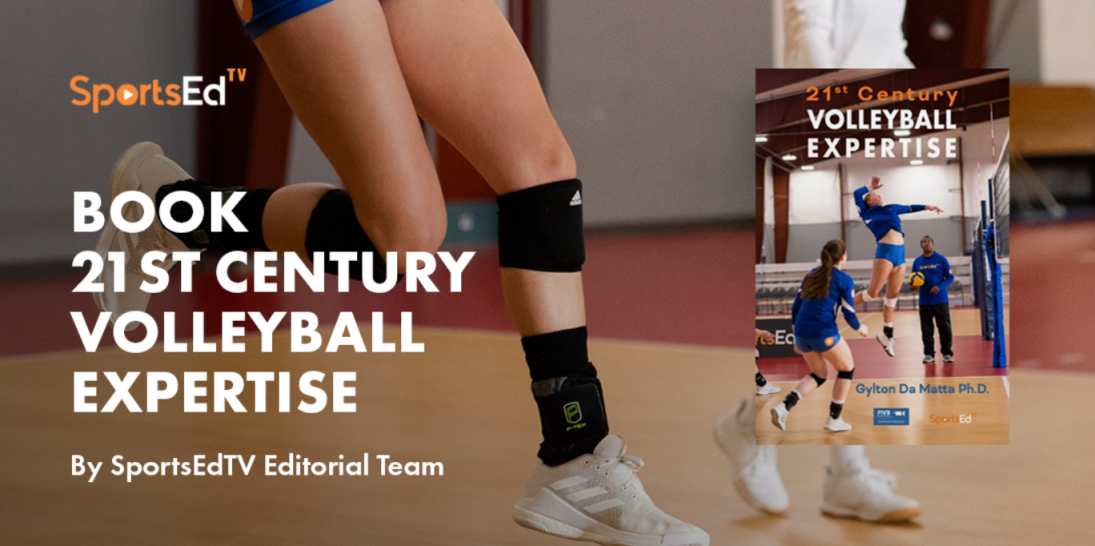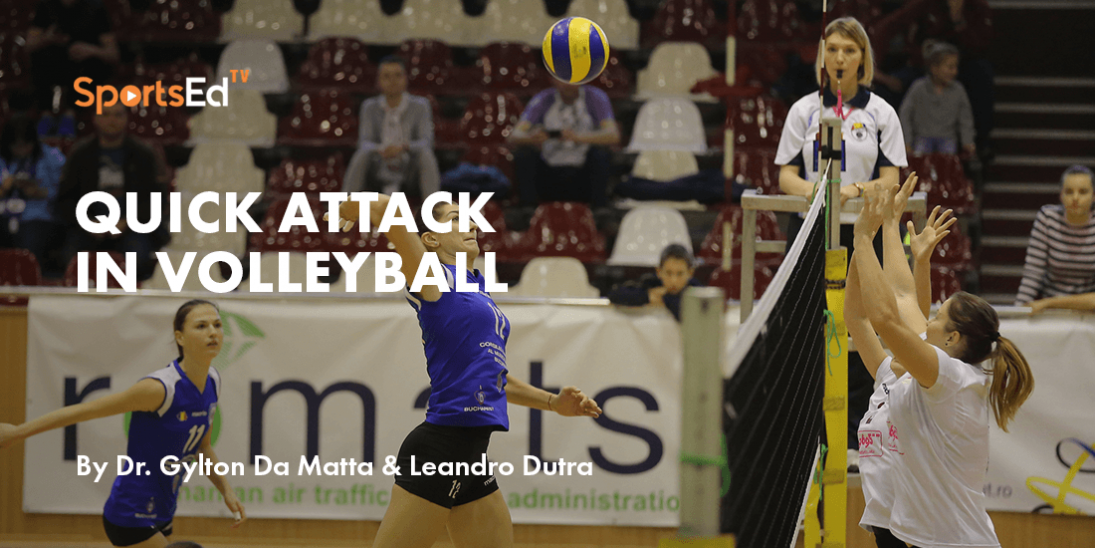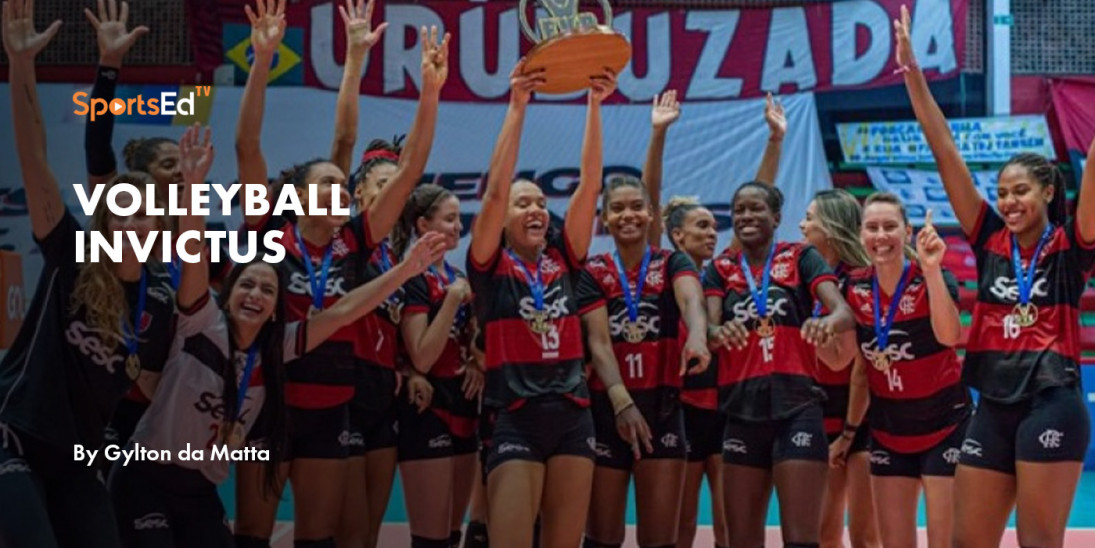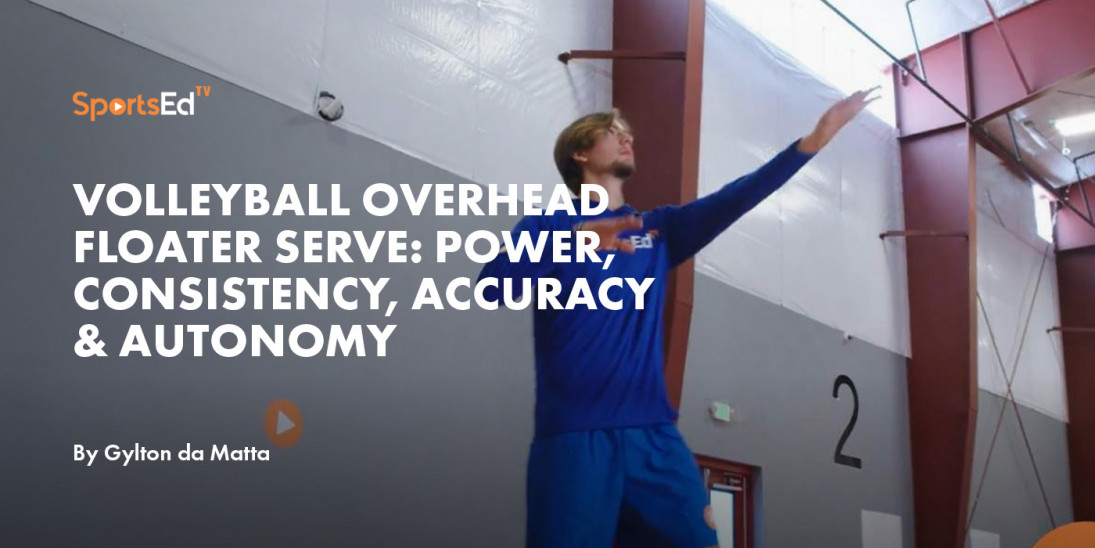Volleyball
Welcome and thanks for visiting...

Technique for Success: Following Through at the Midline in Volleyball Spiking.
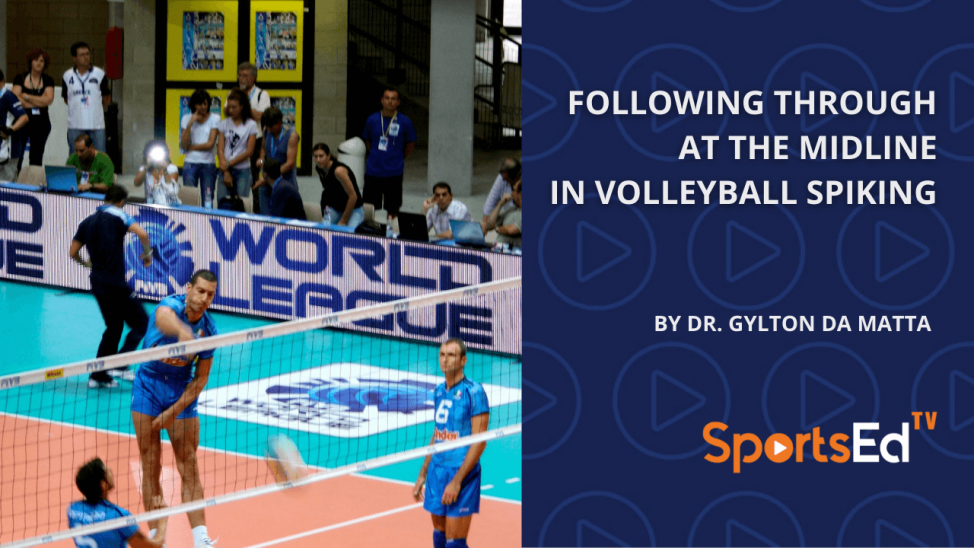
Between 2002 and 2004, I wrote my dissertation on the Expertise Development process of elite Brazilian volleyball players. One of the main findings of my dissertation addressed the importance of the non-hitting arm in the spike and the importance of the continuity of the hitting arm toward the midline of the body. All participants who reported keeping their hitting arm at their midline were successful expert players who won the world championship in 2002. They also won the Olympics in Athens, 2004. Most of the players who reported that trying to keep their hitting arm at their midline would facilitate their landing were playing at the elite level for at least 8 years and they continued to play professionally until 2016. Among them, five women have retired at age of 42, but one, Carol Gattaz (39 years of age) is still playing at the Brazilian national team and last month, she has earned the silver medal at the 2021 FIVB Volleyball Nation’s League. In this article, I will explain the importance of doing a follow-through at the midline as an injury prevention strategy.
The Voices of Successful Expert Players
When I asked Carol what the critical elements of her attacking technique were, she reported a full description of a classical arm swing described in detail in our 21st Century Volleyball Expertise book. Back in the '80s, the volleyball literature alerted the reader to the concerns of the “bow and arrow” arm swing for teaching spiking in volleyball, primarily due to the side body follow-through of the hitting arm. As a researcher, I have analyzed extensive biomechanical data and studied video evidence pertaining to athletes’ reports. and I have also done an extensive review of the volleyball literature while I did the content analyses, the narrative analyses, and the thematic analyses of the scientific information on the topic. As a result of the evidence collected in this systematic observation, I have created the Volleyball Deliberate Practice method which focuses on a Grounded Theory that emerged from practice analysis and in-the-gym observations on five different occasions. These observations were conducted for a minimum period of a month and a maximum of five months with the men’s and women’s teams of Brazil.
The purpose of the Volleyball Deliberate Practice is to create a system of training advanced youth and elite players based on their level of expertise. These tasks are designed to maximize learning and increase the capacity of performance of volleyball players who are already advanced performers. When top-level players have an injury or when they return from more than two weeks of interruption of their practices, it is recommended that they engage in practicing the tasks designed in the Volleyball Deliberate Practice so they can return to the top of their performances without the risk of getting injured.

Using the scientific method to analyze the data.
Although I have analyzed all fundamental volleyball skills, the foundation of this article is spiking because attacking forcefully is the crucial moment in which more players get injured. In addition to the videos, field observations, coaches' plans/ notebooks, I also interviewed 26 volleyball experts. All interview data were transcribed verbatim, compared, and contrasted with video data; analyzed using Dartfish along with rubrics of observations designed by the researcher, participants, experts in the field, and by the Brazilian elite coaches. All information was triangulated, and the confirmed data was reported with a 90% interobserver reliability rate. All tasks reported have a high correlation with advanced volleyball skills. All of them have been tested and recommended by some of the top 12 expert volleyball coaches in the world. We are not claiming that what we found is the absolute truth on this topic. Neither are we claiming that this is the only way to do spiking. Our claim is simply that elite Brazilian athletes with demonstrated longevity in their careers employ this technique with success. We, however, recommend each coach check their gym practices and produce their ways according to their realities and desires.
MAIN GOAL: Describe how the hitting arm passes through the ocular focus point and continues at the midline of the body after contact in the volleyball spike.
WHY/PURPOSE: The continuity of the hitting arm in the spike decreases the variability of movement and helps the player to maintain their balance in the air, thus facilitating the conservation of energy during the flight phase. Moreover, it facilitates the jump to be more controlled, verticalized, and smoother in the landing phase.
HOW: The retraction of the non-dominant arm combined with the shoulder rotation allows the hitting arm to contact the ball at the highest point and activate a controlled deceleration in the field of vision and front of the body, thus facilitating whole-body control and the proper landing.
HOW TO APPLY: Vision contributes up to 60% of input for the body alignment and the overall proprioception. Athletes should practice the spike on a strike line. One of the typical refinements to apply this concept is to utilize a dotted line on-court while performing attacking hitting lines. Modern Motor Learning Theories also suggest the use of targets (the external focus of attention) to guide athletes in the air. These targets can be gymnastic mats, cones, or floor dots. With all due respect to my colleagues from the Motor Learning laboratories, volleyball coaches also utilize elastics exercises, executing the arm swing on the ground using a Tennis racquet and two-pound dumbbells as refinement props to facilitate the arm alignment toward the midline and proprioception guidance.
After the implementation of these tasks, it is critical to repeat a full spike approach with at least 20 correct executions of the arm swing following through at the midline of the body, either from a coaches’ toss or hitting off of setters’ hands.
Extended body arm swing. Taking off with the use of the pendulum swing of both arms, utilizing the non-dominant arm as an aiming tool, contacting at the maximum reach, and following through at the midline are all congruent stages of the developmental analysis of spiking according to our Deliberate Practice Volleyball method (Da Matta, 2001). After the defense of my dissertation in August of 2004, I have done more than one hundred clinics in the United States and abroad. Coaches, national federations, and most importantly, athletes have benefitted tremendously from this information.
Conclusion:
These feedback and refinement tasks are especially important for tall volleyball players during their intermediate to advanced skills acquisition phases. Volleyball players who are 6”3 – 6’8” (1,85 m – 2,00 m) tall require more feedback towards incorporating these advanced techniques into their movement repertoire. I am excited and humbled to report that since 2016 I have been consulting volleyball with some of the top programs in the United States (USA High Performance) as well as with teams from Denmark, Argentina, Spain, U.S. Virgin Islands, Greece, Singapore, Japan, Portugal, Colombia, and Brazil. These concepts originated from volleyball players and volleyball coaches from Brazil. The Brazilian Confederation of Volleyball has collaborated 100% with our project to develop skills for teaching volleyball for children all over the world freely. All players from the Brazilian volleyball team have agreed to participate in the SportsEdTV instructional videos. We would like to recognize our partnership with Brazil and with great humility express our gratitude for such generosity. Meanwhile, we extend our invitation for other world renowned teams to join us in our mission to disseminate volleyball, injury-free, so children can play it for a lifetime and be positive leaders and citizens in their communities.
I am thrilled with the possibility to go across the United States and any country to teach coaches’ seminars and to do volleyball clinics for players from intermediate through elite levels. Please contact me through gdamatta@sportsEdTV.com and please support our work by donating to our SportsEdTV Foundation.

